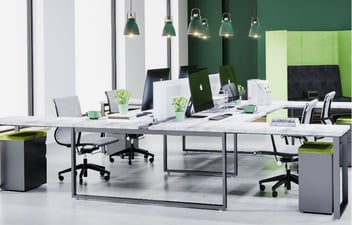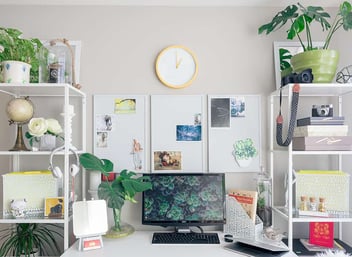Beyond the Conventional: The Evolution of Offices
Furniture arrangement and office decor play a crucial role in the physical workspace, and if done right, can be a source of inspiration and productivity for your team. In this post, we will discuss how the workspace has evolved to encourage creativity, comfort, and collaboration.
In the past, offices were austere and hierarchical spaces, with rows of uniform desks and a rigid structure. Nowadays, companies have embraced a more holistic approach, focusing on comfort, ergonomics, and flexibility.
What Aspects Have Evolved the Traditional Office?
Modern offices, depending on the industry, tend to be less traditional compared to other work environments for several reasons:
1. Creativity and Innovation Culture: Today, the aim is to foster a creative work environment, a space that inspires employees to think unconventionally and find innovative solutions. Non-traditional office designs greatly aid in unlocking creativity.
2. Collaborative Environment: For work environments that often involve teamwork and constant collaboration, traditional offices with closed cubicles and rigid hierarchies inhibit communication and collaboration, making them less than ideal. Therefore, open spaces and common areas are preferred to encourage interaction and idea exchange.
3. Flexibility: A flexible workspace allows companies to quickly adapt to the needs of each project and reconfigure the work environment as necessary.
4. Style and Brand: Non-traditional office design can reflect the personality and identity of the company, which, in turn, can be appealing to clients and employees.
5. Wellness and Comfort: Today's companies value the well-being of their employees. Non-traditional spaces often include relaxation areas, game rooms, break zones, and a variety of amenities to enhance employee satisfaction and productivity.
6. Customer Attention: Current offices offer a welcoming and professional environment that grabs the attention of visitors and collaborators from the first impression and reinforces the business reputation.
7. Technology: Modern offices incorporate technology to boost production, streamline processes, and increase productivity.
Offices and workspaces have adopted a non-traditional approach to promote creativity, collaboration, and flexibility, and to reflect the company's image, fostering a sense of belonging. This approach is crucial for success in a constantly evolving and highly competitive business world.
How to Achieve a Modern Office?
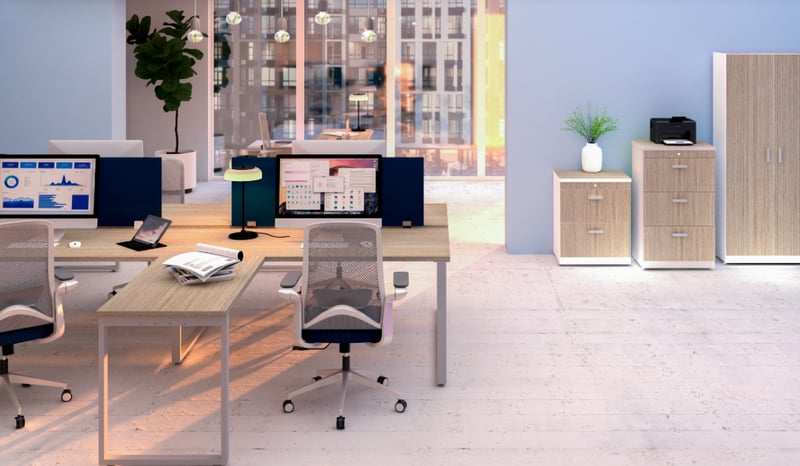
Simply modifying small aspects and incorporating certain elements like a small reception desk, lounge areas, or common spaces, and the right choice of office colors can make a difference in the experience of your employees and clients.
1. Promote Creativity with Decor
The decoration of your company should be an extension of the creativity cultivated within it. Consider incorporating:
- Art: Place artworks or murals that stimulate creativity and lateral thinking.
- Versatile Furniture: Modular or flexible furniture allows you to reconfigure space according to project needs.
- Thematic Elements: Reflect your company's identity with related elements; logo, slogan, or corporate colors.
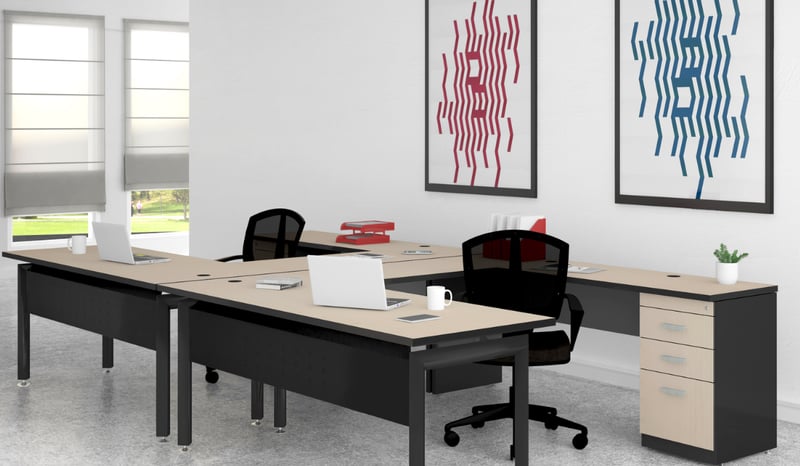
2. Incorporate Collaboration Spaces:
Collaboration is essential in any workspace. Create lounge areas and informal meeting spaces where your team can exchange ideas in a relaxed atmosphere. Choose comfortable and decorative furniture, such as sofas and cozy chairs, to encourage communication and creativity.
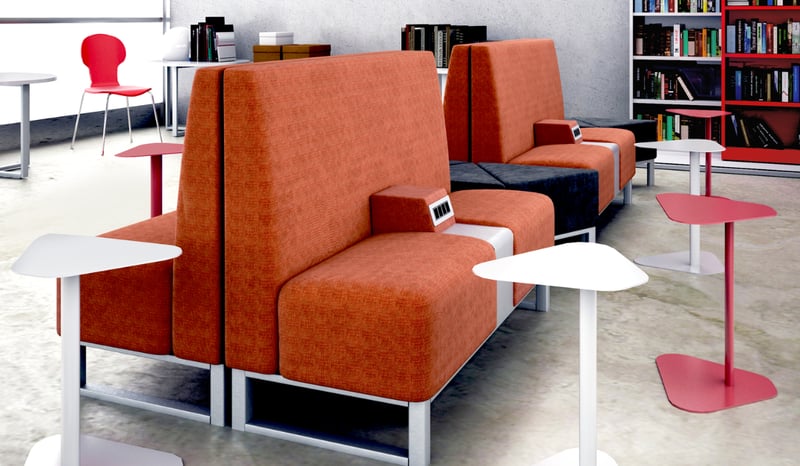
3. Reception that Leaves a Good First Impression
A reception desk can earn points for a good first impression. Opt for a design that reflects your office's personality and offers a warm and inviting welcome to your visitors.
4. Office Colors
Office colors play a vital role in the workspace atmosphere:
- Energizing Tones: Use bright colors like yellows and oranges in creative and meeting areas.
- Relaxing Shades: For concentration spaces, choose soft tones and neutral colors.
- Contrast Touches: Add touches of vibrant colors in decorative elements to bring the space to life.
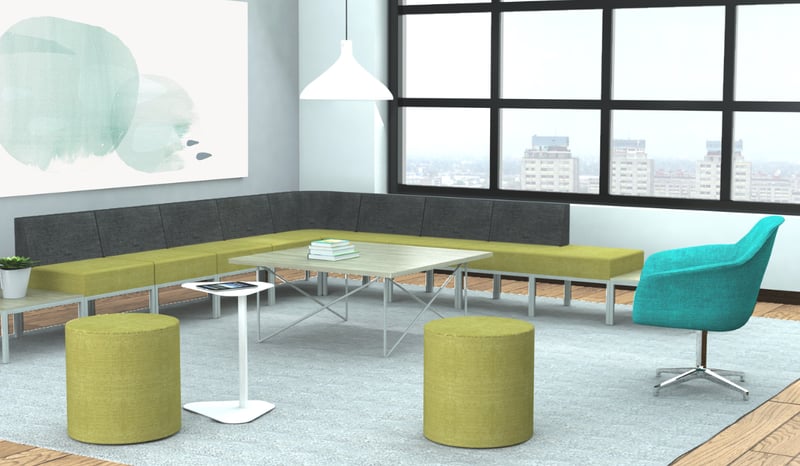
5. The Importance of Details
Small details can make a big difference in decoration. Remember that your office decor should not only be attractive but also reflect the culture and corporate values. Consider elements like:
- Plants and Greenery for a fresh and relaxing atmosphere.
- Creative and Adjustable Lighting to highlight work areas.
- Inspiring Photographs of agency achievements to motivate the team.
At Gebesa, we understand the importance of a well-designed workspace. We offer a wide range of office furniture options to help you create the perfect and updated office. Keep inspiring and create a space that fosters innovation and collaboration!


.webp?width=352&name=espacio-de-lectura-en-oficina%20(1).webp)
